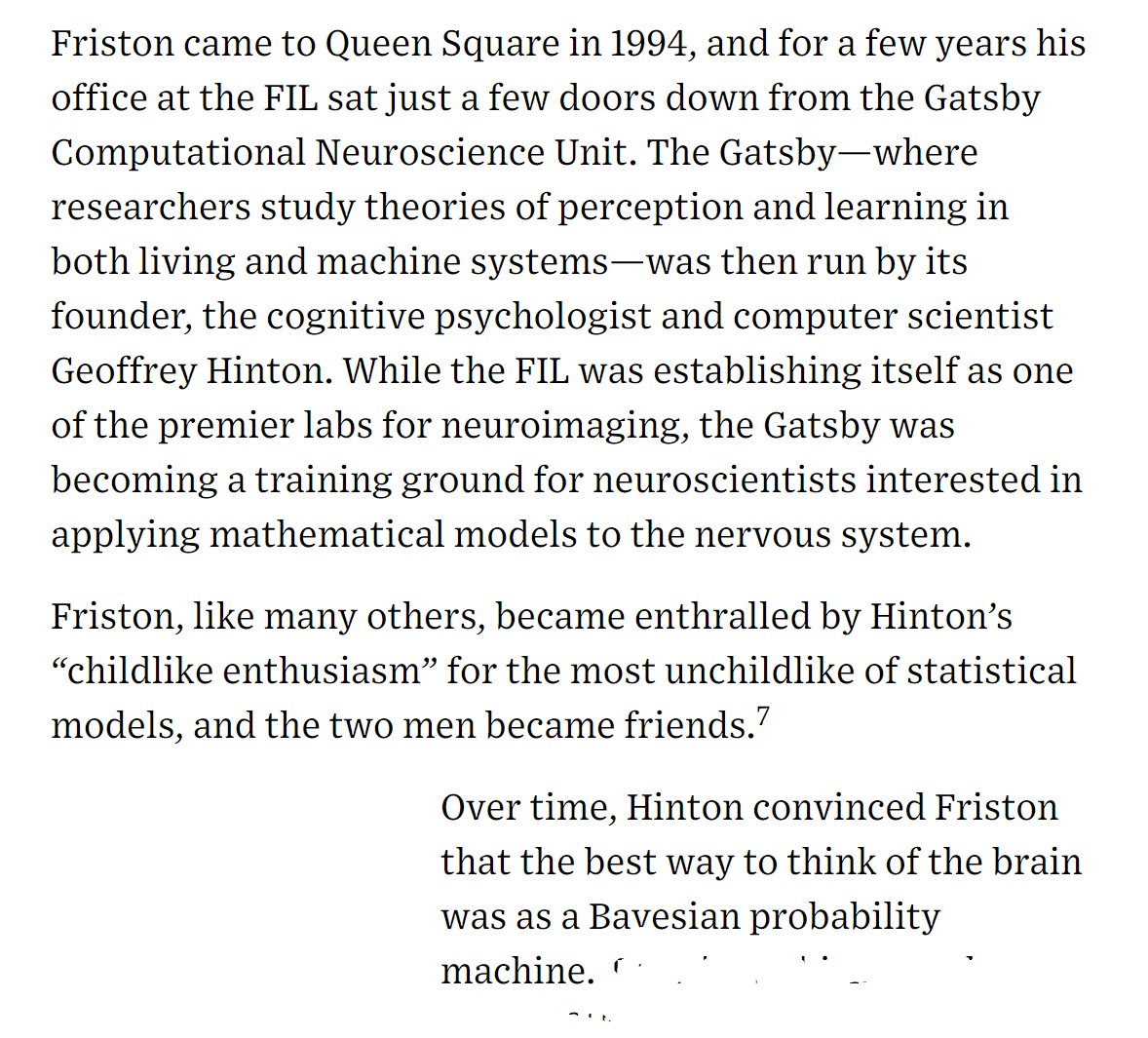0. The Bitcoin blockchain and all participating nodes
1. Miners and mining pools
2. Exchanges
3. Institutional investors and hedge funds, hodlers
4. Commerce, retail, NFPs
5. Coders, core and otherwise
6. Regulators and legislators, courts
7. News & info
*Aumann Machine: en.wikipedia.org/wiki/Correlate…


